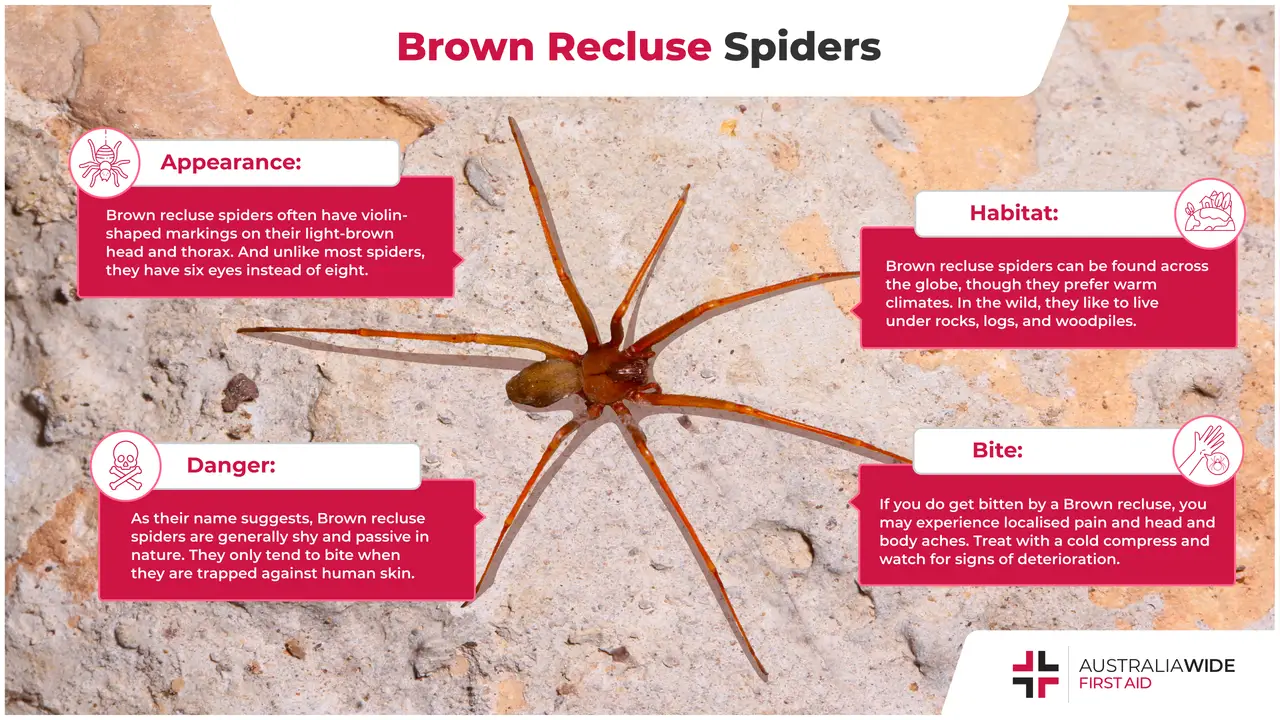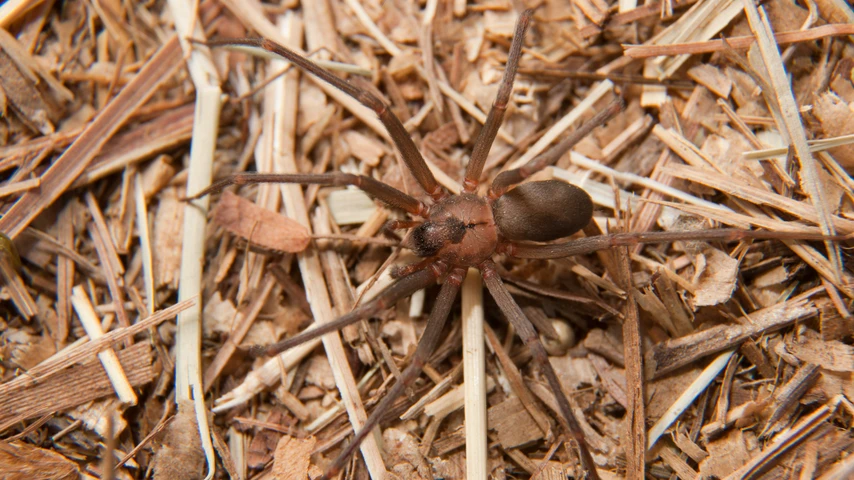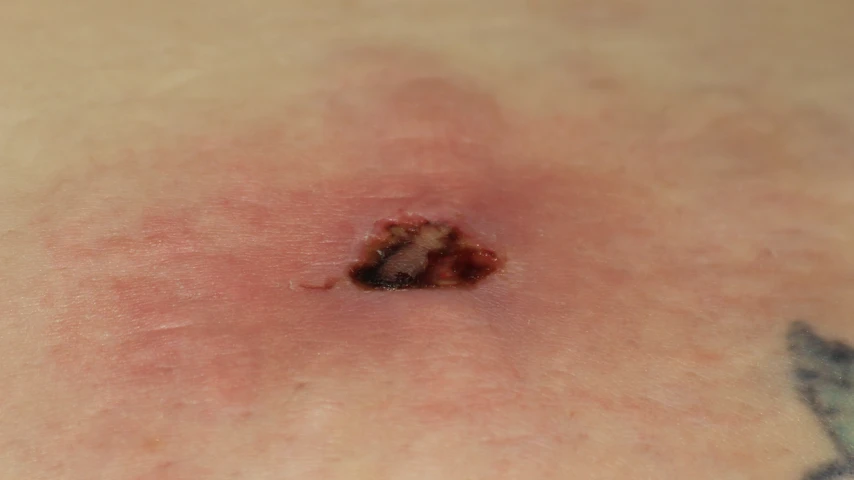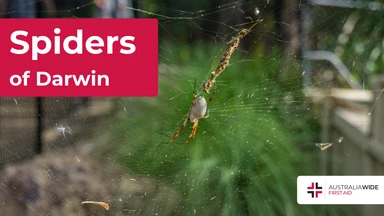Spider Facts: The Brown Recluse Spider


Brown recluse spiders are found all over the world, though you are very unlikely to see one roaming about, as they are nocturnal and hunt for food at night.
Though it is not in their nature to engage in a fight, Brown recluse spiders will not hesitate to bite if they feel disturbed or trapped.
For this reason, it is best to steer clear of Brown recluse spiders. Their bites are venomous and have been known to cause necrotic rotting skin and even death, especially in children.
In this article, we’ll be covering everything you need to know about the Brown recluse spider, including what they are, what to do if you are bitten by one, and whether they are dangerous to humans.
Brown recluse spiders belong to the Sicariidae family. The Sicariidae family contains approximately 160 different spider species, the most renowned members of which are the Brown recluse spider and the six-eyed sand spider.
Brown recluse spiders reach adulthood in the span of one year, and they typically live for two to four years in the wild. Female Brown recluse spiders can produce fertilised eggs throughout their lifetime by mating just one. Likewise, they can produce an estimated 150 spiderlings every year.
Brown recluse spiders have violin-shaped markings on their cephalothorax, which is why they are sometimes called the fiddleback spider or violin spider. These violin markings can in vary in intensity as the spider ages, and older spiders tend to have darker brown violin markings.
However, violin markings cannot be used on their own to determine whether a spider is a Brown recluse. The most reliable way to identify a Brown recluse spider is by studying the eyes – Brown recluse spiders have six eyes instead of eight, and they are arranged in three pairs.
The diet of a Brown Recluse spider is a little different from those of other spiders, and their favourite prey includes silverfish, cockroaches, and crickets. They are also considered running spiders. As such, instead of using webs to capture their prey, Brown recluse spiders hunt them down like wolves, before injecting and subduing them with a deadly venom.
The Brown Recluse spider can survive for up to six months in extreme drought and without any food. If food becomes scarce, especially during the mating season from June to September, Brown Recluse spiders have been known to cannibalise their own kind.

Brown recluse spiders were introduced to Australia, and they can be found across the globe. They love warm climates and are most commonly found in the central and southern parts of the United States.
In the wild, they live under rocks, logs and woodpiles. They have also been known to venture indoors to live alongside humans. They can withstand mercilessly cold winters in unheated basements, as well as blisteringly hot summers in attics. Though Brown recluse spiders hunt at night for insect prey, they spend their days hidden away in dark and secluded areas.
We run certified First Aid courses throughout all major Australia citys. Find a location near you.
The Brown recluse spider gets its name from its brown colour and shy and passive nature. They go out of their way to avoid humans – in fact, it is common for people to live inside houses or buildings that are overrun with Brown recluse spiders and never get bitten.
Most bites occur when a Brown recluse spider is trapped against human skin – for instance, when a person rolls over in bed or puts on a piece of clothing that contains a Brown recluse spider. Keep in mind, they have tiny fangs that cannot bite through fabric.

Brown recluse spiders rarely bite humans. The following symptoms could indicate that you have been bitten by a Brown recluse spider:
A dark blister or ulcer may also form over the wound in the few days or weeks following the bite. In some cases, the ulcer can worsen and become necrotic. Skin necrosis is a condition that causes the cells of the body to die. Though this condition can be fatal, not many deaths have been recorded.
In rare cases, the bite can also cause systemic loxoscelism, a blood clotting disorder that can lead to widespread haemolysis (the destruction of red blood cells), coagulopathy (excessive bleeding or clotting), and death.
If you are bitten by a Brown recluse spider, consult the following steps:
If symptoms are still present or worsen after 7 days, seek medical attention.
Check out our Resource Library for information on how to identify and treat bites from ten of Australia's most venomous spiders.
Some people can have a severe allergic reaction when bitten by a spider. This is called anaphylaxis, a condition that can be fatal in as little as 15 minutes. Symptoms include:
If the casualty begins exhibiting any of the above symptoms, call Triple Zero (000) for an ambulance, consult the Australian Resuscitation Council's anaphylaxis treatment guideline, and follow DRSABCD and prepare to perform CPR.
If you would like to learn more about providing first aid in the event of a bite or sting, book a First Aid course with us today.
We also have articles on what to do if you get stung or bitten by snakes, fire ants, and marine life.
And for more details on how to identify and treat bites from some of Australia's deadliest spiders, including White tail spiders, Wolf spiders, Huntsman spiders, and Redback spiders, head to our Resource Library.
Disclaimer: This article is for informational purposes only. It does not constitute, replace, or qualify as any form of first aid training.

March 11, 2025
Darwin, the tropical capital of Australia’s Northern Territory, is home to a rich diversity of wildlife - including an impressive array of spiders. From the sprawling webs of golden orb-weavers to the cryptic camouflage of trapdoor spiders, these arachnids play a vital role in the local ecosystem. While some may inspire fear, the majority are harmless and even beneficial, helping to control insect populations.

September 4, 2024
Cat bites, while often underestimated, can lead to serious health complications if not treated promptly and properly. Cats' mouths harbour a variety of bacteria that can cause infections in humans.

April 1, 2024
Encounters with wildlife can often be thrilling, but when it comes to the creature known as the drop bear, the experience can quickly turn dangerous. A sharp increase in recent attacks prompts the need for understanding proper first aid procedures in case of an attack.